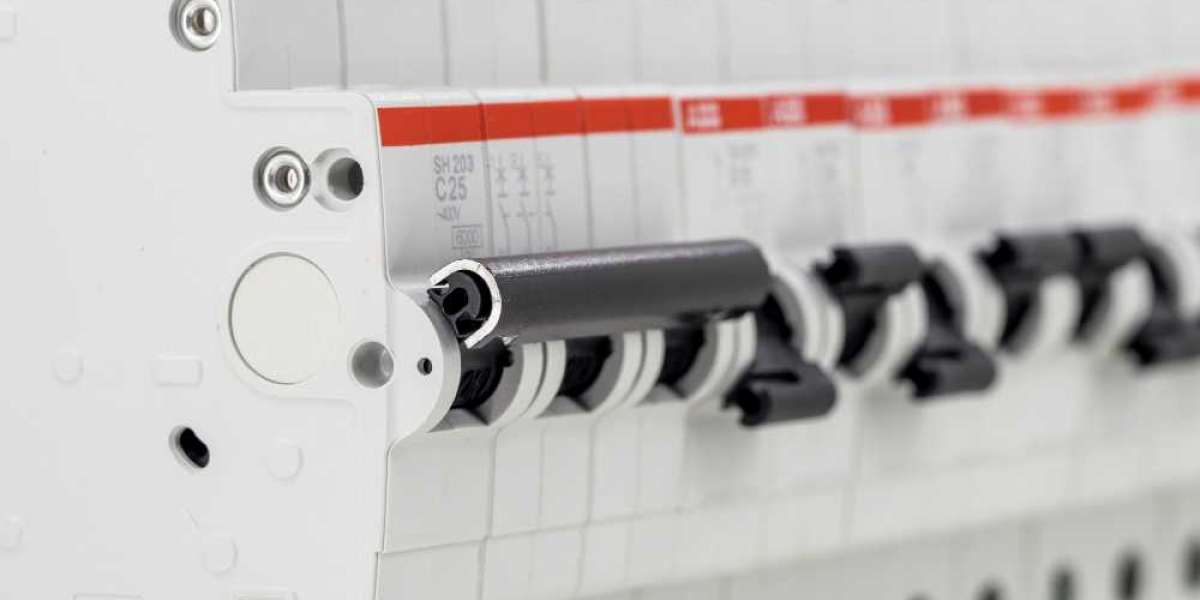A terminal block fastens two or more wires together with an insulated body and modular housing. When it's necessary to connect electrical systems properly, terminal blocks—also known as terminal connectors, connection terminals, or barrier strip terminal blocks—are utilized in a variety of applications. They are perfect for designs that need for neat, semi-permanent wire connections that are safe and easily replaceable for field inspection or maintenance.
Barricade Strips
Barrier Strip Terminal Blocks have a screw-down terminal, in which the wire is connected to a ring or spade terminal, which is then screwed into the housing and fastened. Barrier strips are frequently utilized in situations where vibration is an issue. They can also be utilized in complex work processes of thermoplastic production.
PCB Terminal Block
PCB mount terminal blocks, also known as Eurostyle or wire-to-board terminal blocks, function by having bare wires inserted into the module, where a clamp holds the wire in place inside the housing. After that, the housing is connected in common footprints to a PCB. Single, dual, or multi-level modules can be found in PCB mount terminal blocks.
Feed-Through/DIN Rail
When making a wire-to-wire connection, two wires are connected using feed-through terminal blocks. Two separate wires are routed into opposing sides of the housing for this sort of terminal block, which contains a single input and one output contact. These can also be single, dual, or multi-level modules, just like PCB mount versions.
The most prevalent use for the feed-through technique is in DIN rail mount arrangements. DIN rail terminal blocks are commonly available in two styles: feed-through, which is used for wire-to-wire connections, and ground, which resembles a feed-through design but grounds the incoming wires to the DIN rail or panel instead of joining them.
Wire Securing
Three primary methods are usually used to secure the wires inside the terminal block housing: screw terminal, push button, or push in.
- Screw Terminal: By tightening a screw that shuts the clamp, screw terminals, also known as screw-type terminal blocks, secure the wire to the conductor within the terminal block.
- Press Button: By using a spring clamp that can be released by pressing a button, the push button terminal blocks the clamp of the wire against the conductor. The spring is clamped onto the wire by releasing the button.
- Push-in: A push-in terminal block, which functions similarly to a push button with a spring clamp, enables the wire to be pushed straight into the housing without the need for a push button to release the spring.
. Module
Certain types of terminal block connectors use mating pairs that can be plugged together, but the majority have wires put straight into the housing. With the added advantage of modular housing that can be put straight into a fixed housing on a PCB, these pluggable terminal blocks still have the wires inserted into the housing. These streamline designs in which it is necessary to regularly disconnect the primary connections without having to detach each wire.
To facilitate user assembly or maintenance, distinct barrier strip terminal block connections can be distinguished by altering the housing color or adding unique marks. This is especially helpful for more sophisticated systems that have several circuits and wiring located in one central area. To determine whether a high-temperature rated terminal block would be required, it is also necessary to take into account the operating temperature of the end system.
Final Thought
Terminal blocks are the best option for complicated electrical system connections associated with thermoplastic procedures, even if there are many other elements to take into account when building a system as a whole. It is always better to get assistance from skilled technicians before choosing them.




